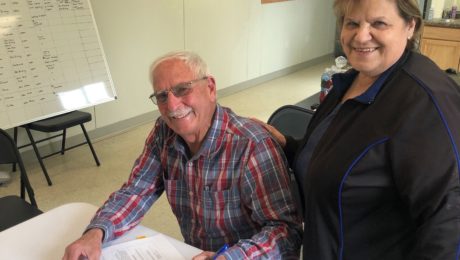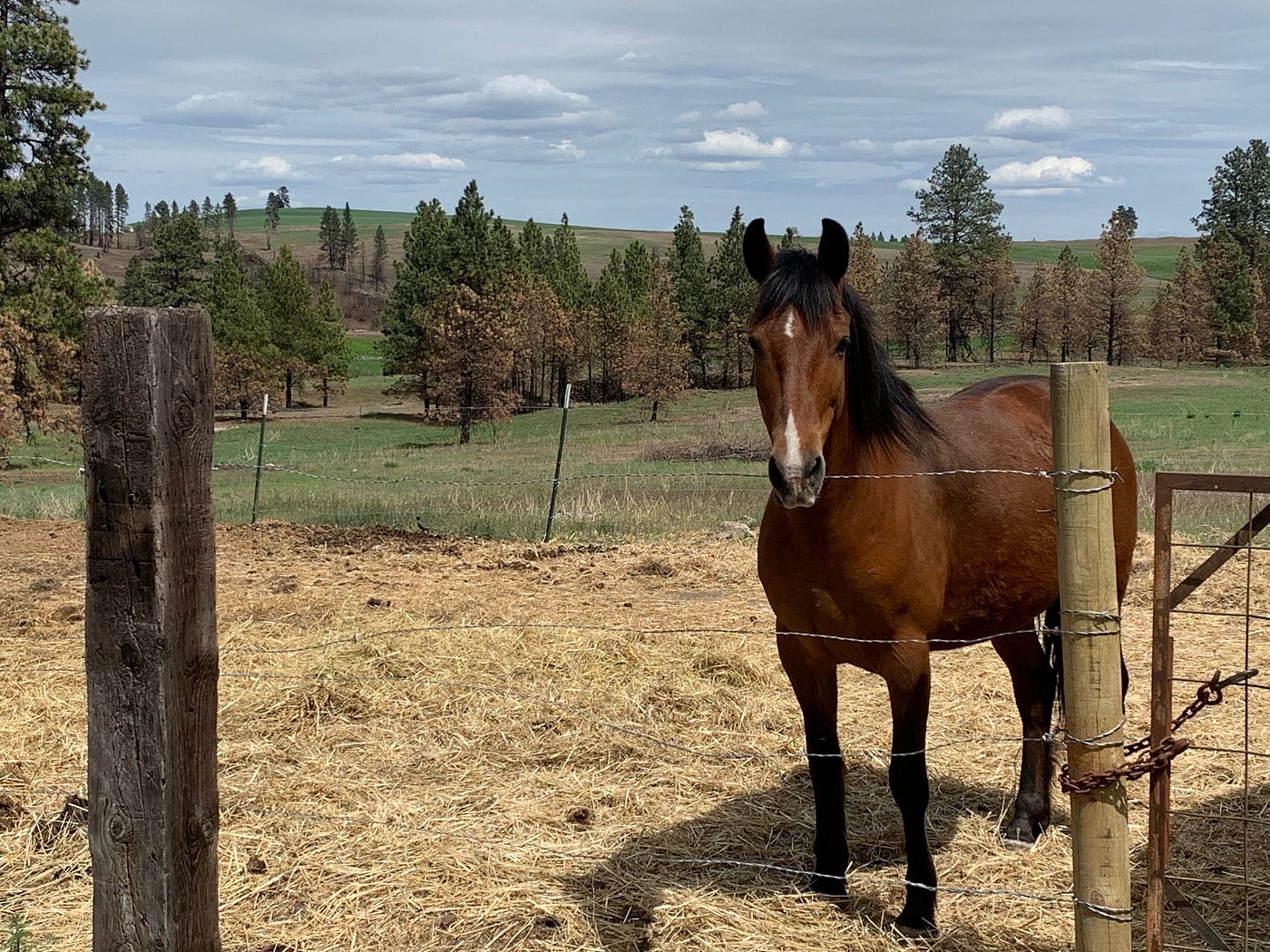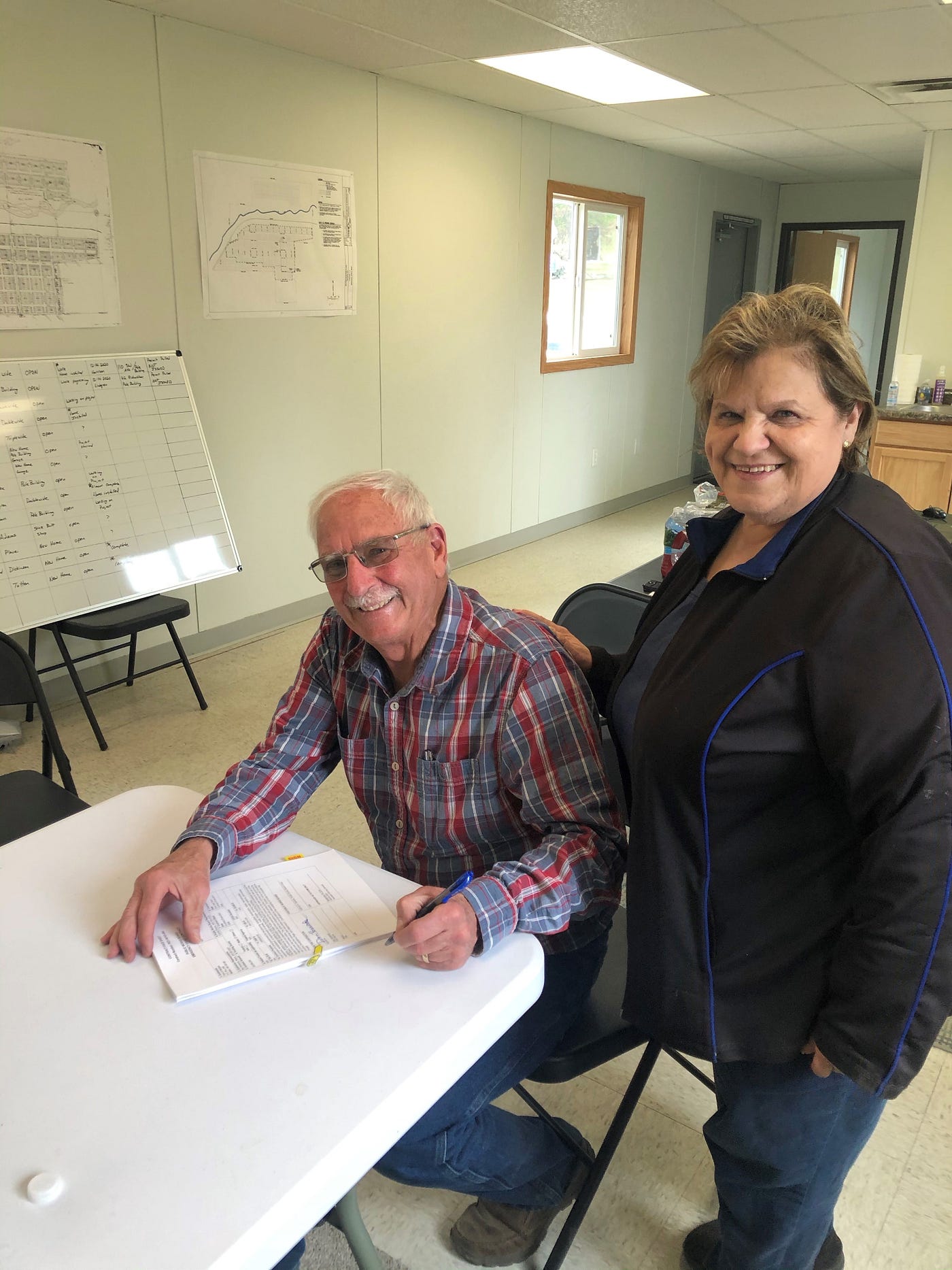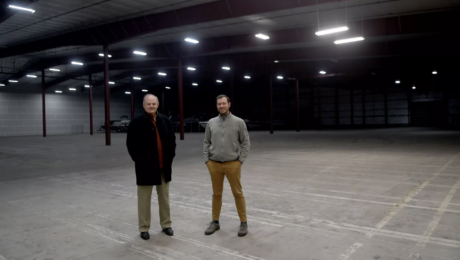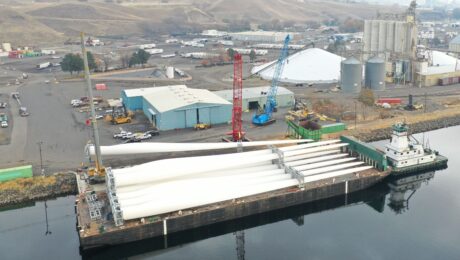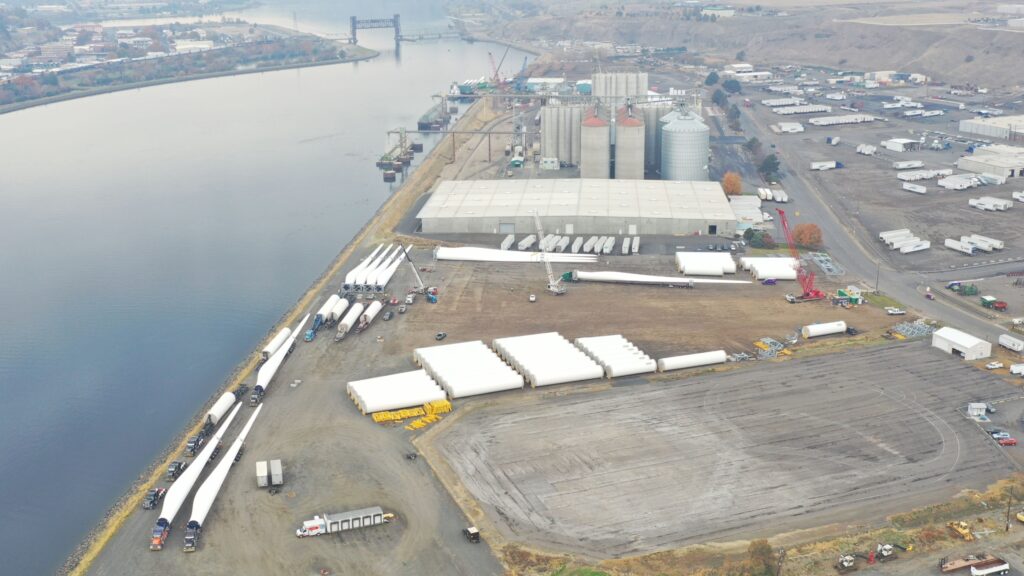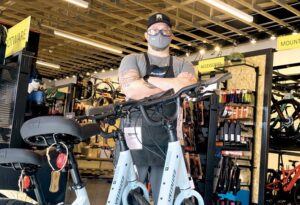On March 11, 2021, President Biden signed into law the American Rescue Plan Act, a $1.9 trillion coronavirus relief bill that allocates new funds and tax credits to help struggling small businesses. This new bill includes targeted aid for restaurants in the form of grants, additional aid, and an expansion of existing credits such as the Employee Retention Tax Credit.
During the March 12 Small Business Update, Jeanette Mulvey, Content Director at CO—, spoke with the National Restaurant Association Executive Vice President Sean Kennedy and U.S. Chamber of Commerce Executive Vice President and Chief Policy Officer Neil Bradley about how the American Rescue Plan can help small businesses. Kennedy and Bradley also answered audience questions and spoke about updates to the Paycheck Protection Program and upcoming federal grant programs.
Here are some of the biggest takeaways from the conversation:
Billions in new grants specifically for restaurants
One of the most significant recent developments in the American Rescue Plan is the creation of the Restaurant Revitalization Fund (RRF). This new $28.6 billion grant program will specifically target hard-hit restaurants and bars, with restaurants able to apply for grants based on lost gross revenue between 2019 and 2020. The maximum grant size will be $5 million for restaurants and $10 million for restaurant groups.
Recap: The latest round of PPP assistance
Watch the recap from our latest Small Business Update that took place March 12, where we discussed the upcoming American Rescue Plan Act and what it means for small businesses and restaurants.
“By our estimates, we’ve lost $250 billion in revenue from the beginning of the pandemic,” Kennedy said. “From March until January of this year, 110,000 restaurants have been closed. We’ve had some wins along the way with [programs like PPP]. Still, our goal has always been an industry-specific solution, and the announcement of the passage of the Restaurant Revitalization Fund is a big step towards that.”
The vast majority of American restaurants and bars will be able to apply for these grants, with the bill explicitly calling out these types of establishments: “restaurant, food stand, food truck, food cart, caterer, saloon, inn, tavern, bar, lounge, brewpub, tasting room, taproom, licensed facility or premise of a beverage alcohol producer where the public may taste, sample, or purchase products.”
Those not eligible for the grants include any state- or local-government-owned entities or owners who own more than 20 restaurants. However, most franchise operators will be eligible.
The Small Business Administration (SBA) will administer and disperse the RRF grants, but the program does not yet have a launch date.
Restaurant owners need to prepare right away to apply
Kennedy said that all restaurant owners that want to apply for RRF grants should immediately register with the government using the System of Award Management (SAM). To become active on the SAM system, you need to follow these steps:
- First, create alogin.gov user account.
- Sign up for a DUNS number (this typically takes 1-2 days to process).
- Using your login.gov, DUNS number, and standard business info such as your Tax ID Number, register with SAM (it can take up to 2 weeks to get the SAM number).
Secondly, you should work with an accountant to prepare relevant paperwork that clearly shows your gross revenue loss in 2020 as compared to 2019.
“Unlike the PPP, this money is coming directly from the federal government, so you have to go through a different registration process so the government recognizes you as someone they can send money to,” Kennedy said. “Be sure to start pulling your paperwork and tax documents, so you are ready to go when the application comes online. … $28.6 billion is going to go quickly.”
To read more about the RRF, RestaurantsAct.com offers several in-depth resources.
Changes to the upcoming Shuttered Venue Operators grant program
The Shuttered Venue Operators (SVO) grant program, which was first announced in December, has not yet been launched. When it does launch, it’s expected to deliver $15 billion in aid to live venues, including movie theaters, concert spaces and museums.
However, Bradley notes that this upcoming program has been changed in the American Rescue Plan legislation. Most importantly, owners and operators eligible for the SVO grants can now also apply for PPP funds. This is a massive change that will impact a lot of venues.
“You can apply for a PPP loan right now, including a second-draw PPP loan, and still apply for a shuttered venue grant once the program is open,” Bradley said. “That restriction has gone away. If you were waiting and deciding what to do, don’t wait any longer. Apply for the PPP and get your forms ready to apply for the shuttered venue grant.”
Employee Retention Tax Credit (ERTC) extended through the end of 2021
In the December 2020 coronavirus relief bill, Congress expanded the Employee Retention Tax Credit (ERTC) to help struggling small businesses for the first two quarters of 2021. The American Rescue Act will further help those same businesses by offering the ERTC for the third and fourth quarters of 2021.
“One of the things that was included in the [American Rescue Act] is an extension of the Employee Retention Tax Credit all the way through the end of the calendar of 2021, which means even more reasons to pay attention,” Bradley said. “That’s up to $7,000 per employee per quarter for four quarters. So if your business remains off, it hasn’t recovered at the level it was in 2019, and you’re paying your employees, this is a really important tool.”
PPP application deadlines could extend beyond March
While this Small Business Update primarily concerned the American Rescue Plan, Bradley also mentioned discussions in Congress to extend the PPP application deadline from March to June, which would help more businesses use the program.
“We expect that next week, Congress will take up legislation to extend the PPP deadline for an additional two months,” Bradley said. “So that means that up until June 1, you’ll be able to go to your lender and apply for a PPP loan. And there will be an additional month where the SBA is able to approve all the loans it has received.”
CO— aims to bring you inspiration from leading respected experts. However, before making any business decision, you should consult a professional who can advise you based on your individual situation.
Follow us on Instagram for more expert tips & business owners stories.
